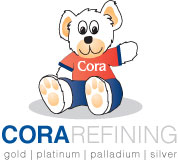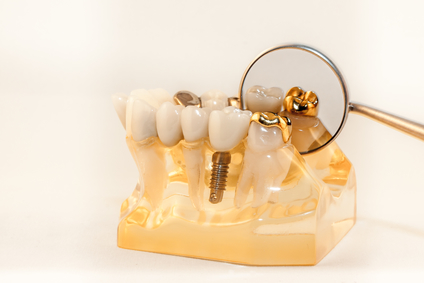At Cora’s dental scrap refinery, we use only the best methods of assaying and refining. This allows us to provide our clients with the highest quality and get them the most cash for dental scrap. Our expert employees use the fire assay method to extract precious metals from dental scrap literally the gold standard for which all other assaying and refining methods are compared for accuracy and efficiency. To understand the fire assay process we put your dental scrap through, we at Cora Refining have detailed it below for you.
Masterfully Providing Quality and Quantity
Explaining the “Fire Assay” Process
During the fire assay process the metals from dental scrap are separated from impurities and quantified by the fusion process. The recovered metals are those that emerge from the fusions in a metallic state. The precious metal dental scraps are then melted into a lead button. If the materials contain zinc or copper a preliminary acid treatment is usually used for removing impurities before the next fusion process begins.
Chemicals, or “fluxes,” are then added to the lead/metal mixture. The lead will then combine with and separate the noble metals such as gold and platinum from the impurities. This process is called “scorification,” or “crucible fusion,” depending on the type of chemicals added and the amount used. “Crucible fusion” is applicable to a wider range of materials than “scorification” and is therefore more often used. During this process the fusion is created from the chemical reaction occurring at a controlled temperature between 1,000 and 1,2000°C. As the metal is heated the lead oxide separates into thousands of small droplets of lead throughout the crucible, combining with thousands of gold and platinum particles. The “slag” or impure remainders float to the top.
After this chemical fusion has taken place the metals are poured into molds and cooled until solid. Sometimes silver is added if necessary to part the impurities and is later removed through a chloride solution wash. The slag is then removed from the top of the hardened bar of metal. The lead is then separated from the noble metals by oxidizing fusion and is reshaped for future use. What we are left with are precious metals. A sample is then taken from the solid bar or bead by drilling or sawing. It is this sample that is then analyzed for its components to determine and quantify the present precious metals.
Although more labor intensive and time consuming than other assaying methods, it is without a doubt the most accurate (and therefore more profitable) by industry standards. Cora Refining provides an unbeatable refining experience and our dedication to quality is just part of why we are the best choice in for refining dental scrap. Our process for turning scrap into cash is simple: mail us your recovered dental scrap and we will refine it for you and give you top dollar for your dental scrap!

